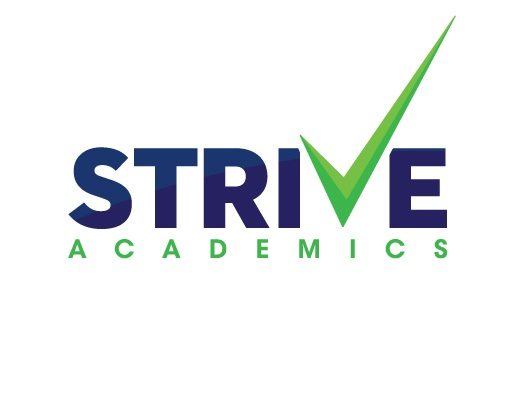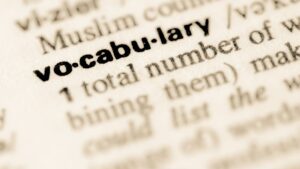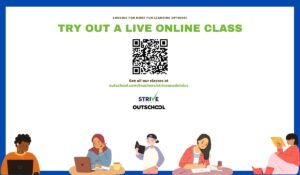Common Literary Devices Students Should Know
In learning to read and analyze literature, students will see these terms pop up again and again. Being able to recognize literary devices – linguistic or writing techniques meant to produce a specific effect – is an important part of understanding the messages an author is trying to communicate. While the amount of literary devices out there is plentiful, here’s a short list of some of the most common ones students should know.
- Alliteration – the repetition of a sound at the beginning of a word.
- Assonance – the repetition of vowel sounds in a series of words.
- Consonance – the repetition of consonant sounds in a series of words.
- Allusion – an implied reference to another piece of work (literature, mythology, history, plays, movies and TV, people, places, things, etc).
- Apostrophe – when a character speaks directly to a person, idea, inanimate object, or otherwise that is not/cannot be present (e.g. dead persons) as if they were a person that is currently there.
- Diction – word choice of the author or character. Consider the following questions: Why did they use a word as opposed to its synonym? Is it formal or slang? What kind of tone does it convey?
- Hyperbole – an over the top exaggeration.
- Imagery – the use of descriptions that invoke the 5 senses to represent things, actions, or ideas.
- Irony – when something is the opposite of what is expected. There are three types of irony.
- Verbal – a statement that means the opposite of what is actually said.
- Situational – a situation turns out differently than what would normally be expected.
- Dramatic – when a character says or does something that has more meanings that what they think it means. The other characters and/or audience will understand the meaning the speech or action, but the character won’t.
- Metaphor – a comparison between two things without using the words “like” or “as.”
- Onomatopoeia – use of words that are similar to the sounds they describe.
- Paradox – a saying/situation/action/feeling that appears to be absurd or contradictory but turns out to be true upon greater inspection or explanation.
- Personification – giving something non-human human characteristics (feelings, actions, etc.)
- Pun – substituting words (or parts of words) with different but similar sounding words to suggest a different meaning, usually for humorous effect.
- Sarcasm – a type of verbal irony where words are used to criticize or show contempt.
- Simile – a comparison between two things using the words “like” or “as.”
- Symbolism – the use of a meaningful object, phrase, action, etc. to suggest a hidden meaning.
- Syntax – word order. An author may shift English’s usual Subject-Verb-Object word order to emphasize specific words or elements.
- Tone – the attitude of the speaker. Consider: is the character angry? Sad? Relieved? Overjoyed? Cynical? Serious? Etc.
- Understatement – the opposite of hyperbole. Emphasizing something by describing it as smaller, worse, or less important than it actually is.
- Voice – the author’s writing style or point of view. The author will use this to convey a specific message in their work.
- Author’s voice – how the writing style affects the writing.
- Character’s voice – how the narrator and/or main character views the world.
Looking for ways to practice identifying these literary devices? Check out our literary device worksheets.
Looking for extra practice? Try our resources:
Related: Common Literary Devices Workbook
View our resources
Strive Resources | TpT | Made By Teachers | Classful | Etsy







